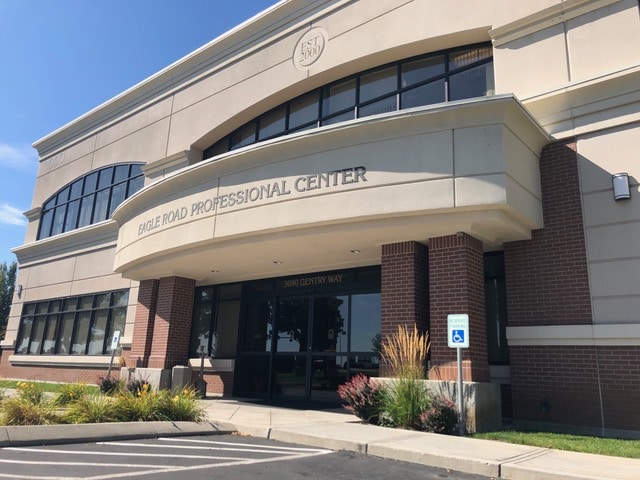Breast Augmentation
Augmentation mammaplasty (breast augmentation) is performed to increase or enhance breast size and/or correct breast asymmetry whether it is from congenital asymmetry or breast cancer treatment. Many factors can affect breast size including pregnancy, changes in body weight, or age. Breast may also be underdeveloped, disproportionate to your body or different sizes. All of these aesthetic concerns may be addressed with a breast augmentation or a combination of cosmetic breast procedures.
Patients seeking breast augmentation do so for many reasons and can include women who want larger breasts, women who desire improvement in the breast appearance, women who want a better fit into certain clothing, or those who want to restore the breast volume often lost as a result of pregnancy or significant weight loss. Breasts augmentation is typically performed with implants—either saline or silicone (see below). Augmentation mammaplasty is not a substitute for mastopexy,which is a procedure to "lift" breasts that sag significantly, but the two procedures may be combined under certain circumstances.
Implant types
There are a variety of implant options available to today’s patients for the procedure. These include different profile types (low, moderate, high), shaped, round, smooth, textured and the different fill types (see below).
During your consultation with Dr. Jarrell, he will discuss your goals for the procedure with you and help guide you through the process of deciding what implant type is right for you. One factor to consider, even before your consultation, is implant fill type. The two basic options are silicone and saline.
Silicone implants have an outer silicone shell and are filled with silicone. Silicone is oftentimes preferred by many patients because it feels more natural compared to saline. It usually has less likelihood of creating rippling compared to saline. Even within the family of silicone implants there are different degrees of feel of the silicone. Implants that have more cohesive silicone have a slightly more firm feel and may be less likely to create rippling. All silicone implants come pre-filled and therefore a slightly longer incision may be required to place the implant. Silicone implants are fairly durable, but in some instances they can rupture. Diagnosis of this may require certain radiographic studies, such as an MRI to diagnose this. The FDA has approved silicone implants for use in women 22 and older. Also, the FDA has provided certain recommendations about silicone breast implants so patients may want visit their website (www.fda.gov) to learn more.
Other subtypes of silicone breast implants are shaped and textured implants. Dr. Jarrell does not use textured implants due to the association between textured implants and Breast Implant Associated-Anaplastic Large Cell Lymphoma (BIA-ALCL). To learn more about this, patients may want to visit the American Society of Plastic Surgery website (www.plasticsurgery.org/alcl).
Saline implants have an outer silicone shell and are filled with sterile saline solution. This is the same type of solution that patients receive when they are given IV fluids. The FDA has approved the use of saline implants in women age 18 years and older. These implants are inserted un-filled and are then filled in the breast pocket to the specified size or volume, which usually allows for a smaller incision. These implants can have a slightly more firm or artificial feel and in some instances may be more likely to demonstrate rippling. Saline implants can deflate or leak, however, if they do, the body naturally absorbs the fluid. Also, if this occurs, you will know it because there will be a visible appearance of deflation to the breast and breast asymmetry. This does not require any special imaging to diagnose, but under these circumstances a new implant will have to be placed to restore breast size.
Implant size—Which size is right?
This is a very individualized question. Different sizes can create different breast appearances. There is no one right answer. Breast implants are sized based on volume (or cc’s) and not cup sizes. They can also vary in their diameter (base width) and projection. Several factors may need to be considered in each patient including chest width, existing breast tissue, skin quality, looseness/or tightness of the skin envelope and the desired look after the procedure. Dr. Jarrell will discuss these things with you and help guide you through deciding what is right for you.
How is Augmentation Mammaplasty performed?
The procedure is usually performed under general anesthesia and lasts on average between 1 to 2 hours. Incisions are made in an inconspicuous place on each breast (usually in the crease of the underside of the breast) to minimize scar visibility. A pocket is then surgically created. The implant is then placed and the incision is closed in layers usually with dissolvable sutures under the skin.
Incision Types
Inframammary incision
Periareolar incision
Transaxillary incision
Dr. Jarrell most commonly places implants below the muscle. This is actually referred to as “dual plane” as it sits below the muscle in some places and below the breast tissue in others. Advantages of implant placement behind the chest-wall (pectoralis) muscle include a possible reduced risk of capsular contracture (hardening of scar tissue around implant), better camouflage of the implant in certain places, and less interference during mammograms.
Subglandular (beneath breast tissue but above the muscle) does have the advantage of not having to lift the muscle during surgery, which may be desirable for some women who are more athletically inclined. It does, however, carry the increased risk of visibility of the implant, its edges and rippling and there may also be a higher incidence of capsular contracture.
Risks Of Augmentation Mammaplasty
In addition to the risks associated with surgery and anesthesia, those related to augmentation mammaplasty include the following:
- Capsular contracture
- Implant leaks and ruptures
- Implant deflation or shifting
- Temporary or permanent change in nipple/breast sensation
- Irregularities in breast contour/shape
- Asymmetry
Recovery From Augmentation Mammaplasty
Breast augmentation is performed as an outpatient surgery. A drainage tube may be inserted, but this is usually not the case. Dressings are usually either a chest wrap with ACE bandage or a post surgical bra. Dressings are left in place until your first post-operative visit. After they are removed, you may begin showering.
A post surgical bra that provides compression and support should be worn in the recovery period and occasionally an upper pole compression strap may be advised. For a few days after surgery, most patients feel tired and sore, but many return to work within a week. Postoperative pain, swelling and sensitivity diminish during the first few weeks, and as the implants settle into place patients can transition to a softer bra. Patients may resume light activity at around 2-3 weeks, but heavy lifting and strenuous activity should be avoided for about 4-6 weeks. Scars begin to fade in a few months.
Over time the incision lines will fade.
If you are interested in breast augmentation, call to schedule your personalized consultation with Dr. Jarrell.


